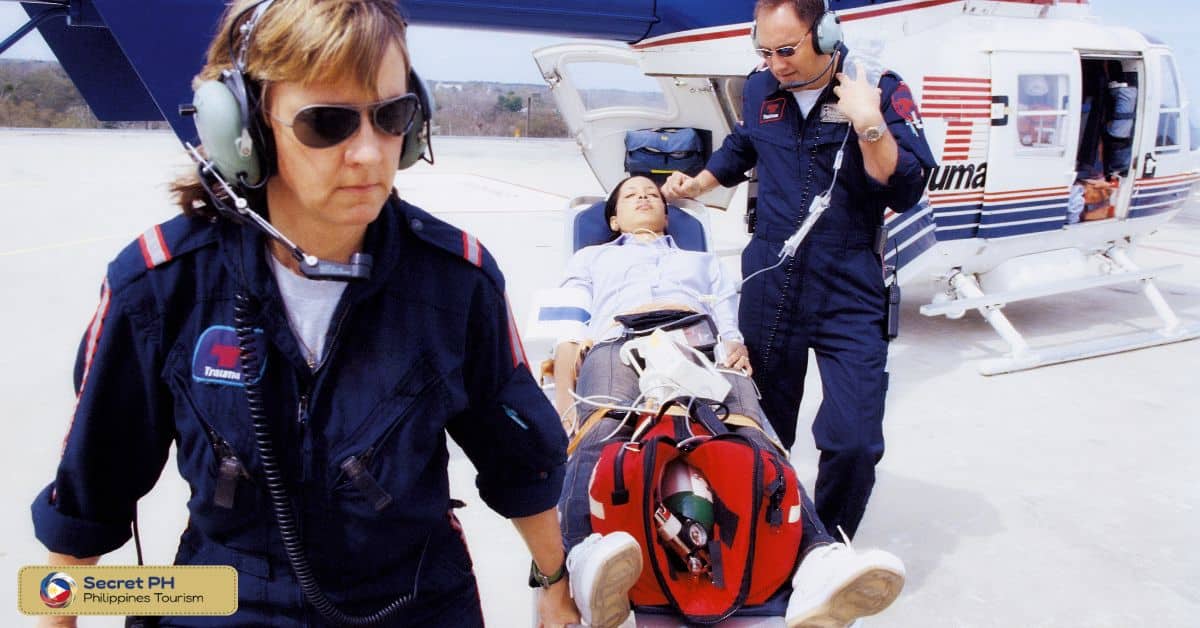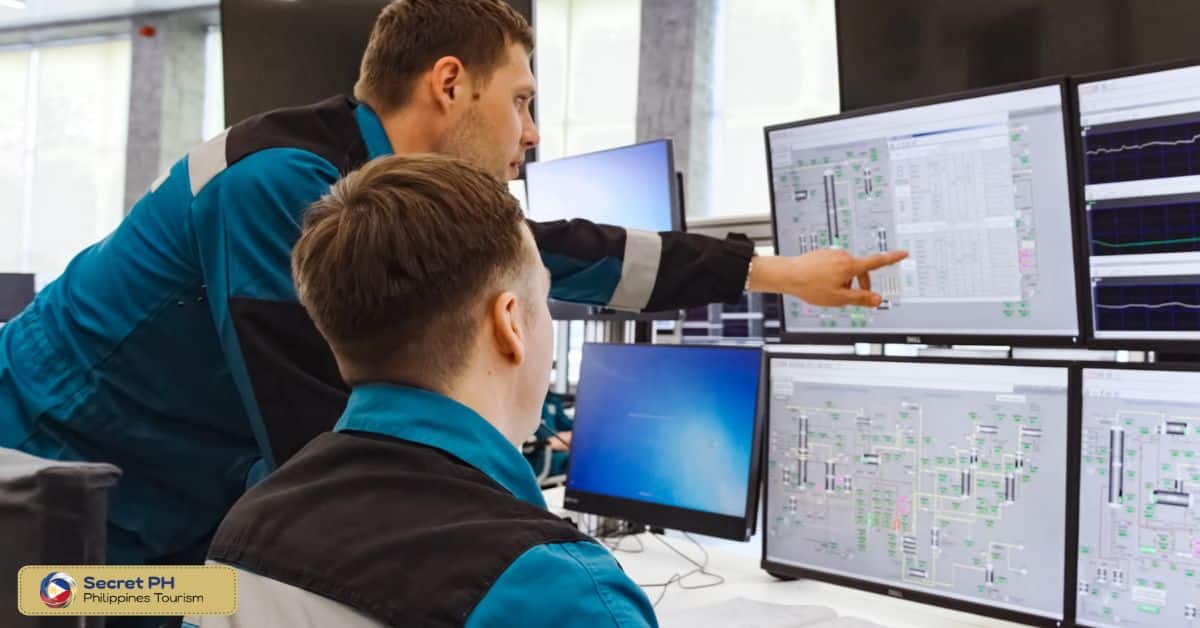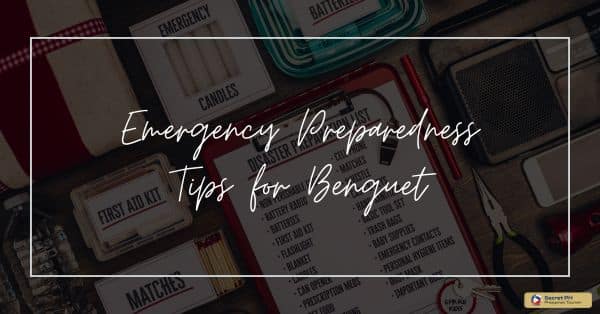The Philippines Emergency Response Teams consist of various agencies and organizations that work together to provide quick and effective responses to disasters and emergencies. These include the Philippine National Police, Philippine Red Cross, Bureau of Fire Protection, and Department of Health, among others. Proper preparedness and coordination among these teams are crucial to saving lives and minimizing damages.
In this guide, we’ll provide an overview of the different emergency response teams in the country, their roles and responsibilities. Whether you’re a local resident or a tourist visiting the Philippines, this guide will help you stay safe and informed during any emergency.

Emergency Response Teams
Emergency Response Teams are specialized groups that are trained to respond quickly and efficiently to various types of emergencies. These teams include firefighters, paramedics, police officers, and other professionals. They are equipped with the necessary skills and knowledge to tackle emergency situations. Emergency Response Teams are always on standby. Always ready to respond to any emergency in a swift and professional manner.
Their primary goal is to save lives, protect property, and provide support to those in need. In emergencies such as natural disasters, chemical spills, or terrorist attacks. Emergency Response Teams are the first to arrive on the scene and provide timely assistance to those affected. Their proactive and dedicated approach ensures that emergency situations are dealt with effectively and efficiently. It minimizes the impact of the situation and helping communities get back on their feet sooner.

Types of Emergency Response Teams in the Philippines
In the Philippines, emergency response teams play a pivotal role in ensuring the safety and well-being of citizens. These teams are made up of dedicated professionals who are trained to provide prompt. They are effective care in crisis situations.
Some of the most common types of emergency response teams in the Philippines include firefighters, paramedics, and search and rescue teams. These teams work together to coordinate their efforts and provide a comprehensive response to emergencies. It ranges from natural disasters to medical emergencies and everything in between.
Health Emergency Response Teams
Health Emergency Response Teams (HERTs) are a vital component of the Philippine emergency response system. These teams are made up of trained medical professionals. They are equipped to provide emergency health services during disasters and other emergencies. HERTs are responsible for providing first aid. Assessing and treating injuries, and transporting patients to medical facilities for further care.
They are trained to respond to a variety of emergencies, including natural disasters, accidents, and disease outbreaks. HERTs play a crucial role in ensuring that communities have access to essential health services during times of crisis. Their professionalism and dedication to saving lives make them the cornerstone of the Philippine emergency response system.

Fire and Rescue Response Team
When an emergency strikes, we rely on the Fire and Rescue Response Team to act quickly and efficiently. These teams are highly trained and well-equipped to handle a variety of situations, from wildfires to building collapses. They are made up of brave men and women who work tirelessly to protect their communities. There are several types of emergency response teams in the Philippines.
These include those specialized in urban search and rescue, hazardous materials response, and technical rescue. Each team is expertly trained in their respective fields. It gives them the skills and knowledge necessary to handle any emergency they may encounter. Their dedication to their work is truly inspiring, and we are grateful for their service to our country.

Philippine National Police
The Philippine National Police (PNP) is responsible for maintaining law and order in the country. They ensure the safety of citizens. One of its key functions is to respond to emergency situations promptly and effectively. This is why it has several emergency response teams in place. Among the different types of emergency response teams in the Philippines are the Special Action Force. Also, the Anti-Kidnapping Group, and the Maritime Group.
The Special Action Force is tasked with handling high-risk operations such as counter-terrorism and hostage rescue. The Anti-Kidnapping Group specializes in dealing with cases of abduction and ransom. The Maritime Group, on the other hand, is responsible for maritime security and safety. These teams are composed of highly skilled and trained personnel. They work tirelessly to protect the people of the Philippines.

Philippine Red Cross
In times of crisis, it’s crucial to have a well-coordinated emergency response team prepared to assist those in need. The Philippine Red Cross takes the lead in providing disaster relief efforts through their various emergency response teams. These teams include the welfare services team. They are responsible for managing first aid stations and providing basic health care.
The disaster management services team, which assists in search and rescue operations and provides immediate relief such as food and shelter. The blood services team, which mobilizes blood donations to support those affected by emergencies. Through the efforts of these dedicated teams, the Philippine Red Cross continues to make a significant impact in saving lives and easing the suffering of those affected by disasters.

Advantages of Emergency Response Teams in the Philippines
In times of crisis, emergency response teams are vital to the safety and well-being of citizens. These teams play a crucial role in disaster management and response. With their knowledge and resources, they are able to provide immediate assistance. Whether it’s rescuing victims stranded in flood waters or providing medical aid to those injured in a natural disaster.
Emergency response teams are equipped to handle any situation with precision and efficiency. Their swift action and expertise can make all the difference in saving lives and preventing further destruction. The advantages of having these teams in place are immeasurable. Their commitment to serving the community is truly commendable.
Rapid response time
Having emergency response teams in the Philippines is vital for ensuring rapid response time during crisis situations. These teams play a crucial role in saving the lives of people during disasters, accidents, or medical emergencies. Using their specialized training and equipment. They can reach the affected areas within minutes and provide necessary assistance to those in need.
These professionally trained teams have the skills to handle different kinds of emergency situations. They can work efficiently to provide prompt relief to the impacted individuals. Their active presence adds an extra layer of security. This contributes to the public’s peace of mind, knowing that help is just a call away. Emergency response teams in the Philippines enhance the nation’s overall capacity. It provides a timely response in emergency situations and safeguard its people.

Highly trained personnel
Highly trained personnel play a crucial role in saving lives during emergencies. Emergency Response Teams in the Philippines are composed of individuals who have undergone extensive training in handling various types of crisis situations. These teams are equipped with the necessary skills and knowledge. It ranges from administering first aid to performing rescue operations. They are able to act quickly and efficiently, ensuring the safety and well-being of those affected by emergencies.
The advantages of having these teams cannot be overstated. Their presence serves as a reassurance to the community that help is on the way in times of need. The mere thought of knowing that there are highly trained professionals ready to respond at a moment’s notice can be a source of comfort. It is for these reasons that the importance of Emergency Response Teams and their highly trained personnel cannot be emphasized enough.

Access to specialized resources and equipment
When it comes to emergency response teams in the Philippines, having access to specialized resources and equipment can make all the difference. This is especially true when dealing with complex scenarios that require a quick response time. From high-tech medical equipment to advanced communication systems. Having the tools and resources to effectively handle an emergency situation is critical. Not only does access to specialized resources and equipment improve response times.
It also increases the chances of a successful outcome. Whether it’s a natural disaster or a medical emergency. Emergency response teams must be equipped with the latest technology and trained to use it effectively. The advantages of having access to such resources cannot be overstated. It is essential for the safety and well-being of all citizens.

Improved communication and coordination
In times of disaster, quick response is crucial for saving lives and minimizing damage. With emergency response teams in the Philippines, there is improved communication and coordination among government agencies, private organizations, and the community. This can lead to faster and more effective response to emergencies, reducing the time it takes to provide assistance and resources to those in need.
Moreover, the coordination between different groups can lead to better planning and deployment of resources, ensuring that no one is left behind in times of crisis. Overall, the existence of emergency response teams in the Philippines is important for ensuring the safety and well-being of the Filipino people in the face of disasters.

Challenges Facing Emergency Response Teams in the Philippines
Emergency response teams in the Philippines undoubtedly face a daunting task in their line of work. With a population of over 100 million and prone to natural disasters such as typhoons, earthquakes, and volcanic eruptions, the demand for their immediate and effective response is higher than ever. However, challenges facing these emergency response teams are numerous. Despite these challenges, these teams continue to work tirelessly to ensure the safety of the Filipino people.
Lack of funding
The emergency response teams in the Philippines are facing a significant challenge. Emergency situations don’t wait for anyone. These teams need adequate resources to provide swift and effective assistance to people in dire need. With limited resources, the personnel have their hands tied and cannot respond in the timeframe required, which can be detrimental in emergency situations. The lack of funding has made it a tough task for these teams to keep up with the necessary equipment, training, and resources to ensure the safety of the public.
This situation calls for immediate action to provide these teams with the resources they need to be able to adequately respond to emergencies and ensure the safety of the people they serve. It is imperative that we work together to address this problem and have well-equipped emergency response teams in place to protect the lives and wellbeing of everyone, especially during these critical times.

Limited human resources
Emergency response teams play a vital role in saving lives during natural disasters and other crises. However, they face a significant challenge in the Philippines due to limited human resources. With a population of over 110 million people, the country is prone to typhoons, earthquakes, and volcanic eruptions. In such situations, emergency response teams are often overwhelmed, leading to delays or inadequate assistance to those in need.
These teams are tasked with providing urgent care to people, transporting them to hospitals, and maintaining law and order. Therefore, to address the challenge of limited human resources, the government needs to invest in training and deploying more emergency response personnel and harnessing technology to improve response times and coordination.

Lack of awareness and education
In the Philippines, emergency response teams face numerous challenges due to lack of awareness and education. Without proper knowledge and training, it’s difficult for these teams to respond effectively to emergencies and disasters. In many instances, lack of awareness is the reason why people don’t evacuate when disasters strike, which can lead to catastrophic consequences.
Education is key to improving the situation, but it’s not just limited to the public. Emergency response teams themselves need continuous training to ensure that they have the latest knowledge and techniques to respond in the most effective way possible.

Access to proper training and equipment
Emergency Response Teams in the Philippines face numerous challenges when it comes to accessing proper training and equipment. In a country prone to natural disasters, adequate preparation can make all the difference in the world. Unfortunately, budget constraints and inadequate resources have left many teams ill-equipped to handle emergencies.
However, organizations such as the Red Cross and United Nations have stepped in to help address this issue by providing training programs and supplying essential equipment to teams in need. With the ongoing support of these organizations and continued efforts to prioritize emergency response preparedness in the Philippines, we can ensure that these teams are properly equipped to save lives in times of crisis.

In Conclusion
The Philippines Emergency Response Teams have gone through extensive training and preparation in order to provide efficient and effective emergency response to the citizens of the Philippines. With the help of this comprehensive guide, these teams can continue to improve and adapt to various emergency situations. The dedication and professionalism of these teams is admirable as they work tirelessly to provide assistance in times of crisis.
It is important to recognize and support these individuals who put themselves in potentially dangerous situations to ensure the safety of others. The Philippine Emergency Response Teams should serve as a model for other countries in terms of emergency response and disaster preparedness.








